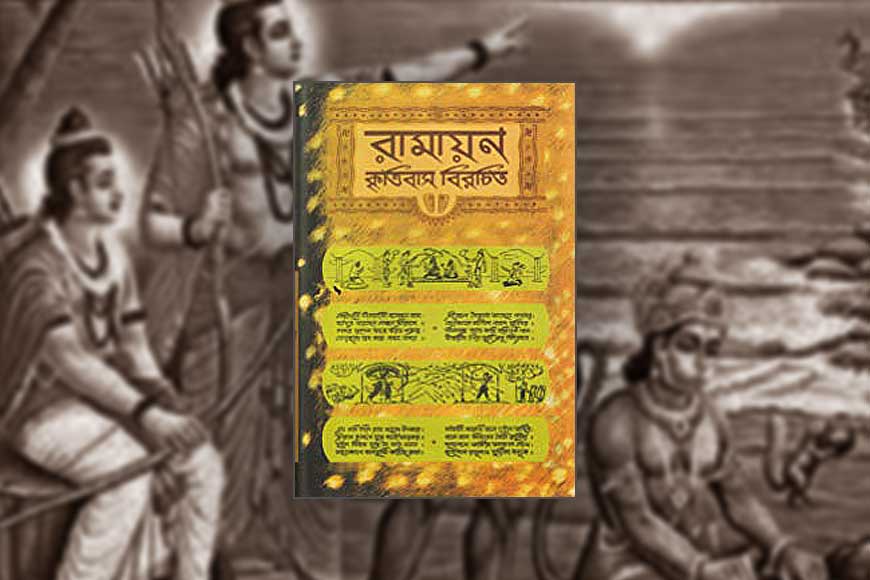Bengal embraced Lord Rama not on religious lines, but as a product of Bhakti movement

If Ramlala had been the bone of contention for a 70-year-old verdict, Lord Rama’s mythology was born in a very different form in Bengal. Krittibasi Ramayan or Sri Ram Panchali as it is popularly known as was composed by 15th-century Bengali poet Krittibas Ojha. Though many feel it was a translation of the original text, a closer look reveals Krittibasi Ramayan was a very important text for its literary value and also for rendering a deep insight into the socio-economic condition of Bengal. Written in the traditional Ramayan Panchali form of Middle Bengali literature, the Krittibasi Ramayana is not just a rewording of the original Indian epic, but a vivid depiction of the society and culture of Bengal in the Middle Ages.
Ramayan or the story of Lord Rama thus overcomes just a mythological or religious value in Bengal and establishes the amalgamation of various religious forms instead. The text explores the concept of Bhakti, which would later contribute to the emergence of Vaishnavism in Gangetic Bengal and the surrounding regions. Bhakti and Sufi movements had a deep impact on Bengal’s ethos that went on to create a very distinct intellectual mindset that marks Bengal as different from rest of India.
The original Krittibasi Ramayan is dated to the first half of the 15th century. In the next four centuries, it underwent various changes at the hands of various scribes. The current version of the epic was revised by Jaygopal Tarkalankar and was published in 1834. Later in the 20th century, various editions were published based on this Tarkalankar version. Krittibasi Ramayana is not only a translation, but contains picturesque descriptions of Bengali social life and its values. The epic has had a profound impact on the literature of Bengal and the surrounding regions. Incidentally, this Ramayan had inspired many later poets, including Michael Madhusudan Dutt and Rabindranath Tagore.









